NEWSPAPERS Special Edition





















BY CHARITY MEIER cmeier@candgnews.com
NOVI — Detroit Catholic Central High School, in Novi, which is marketed as the largest private school in the state, just got a bit larger with the opening of a new stateof-the-art science, technology, engineering and math center Aug. 11.
Known as the George and Mary Turek
Hall of Science, the $61 million expansion has 57,000 square feet of learning space and is designed to last 100 years.
“Sometimes schools are struggling to make the building, the facilities, the equipment work for what they want to do. We’ve been put in more of a unique situation where the donors wanted the building, and the resources going into the building, to challenge us to fill it with curriculum,” said Jake Mar-
mul, Catholic Central director of admissions and public relations.
The building features an aviation suite; a fabrication and machinery shop; a sustainably focused greenhouse; a FIRST Robotics competition field, along with robotics programming and building spaces; a 4-meter Observa-Dome with a GPS computerized Celestron telescope; an innovation space; an Engineering/CAD Lab; eight dedicated sci-
ence laboratories, which are 2.5 times larger than a normal classroom; 4 lab prep rooms; and upon completion of construction, an immersion theater where students can feel like they are part of the film they are viewing.
The Hall of Science is named after the parents of George Turek, an alumnus from the Class of 1966 and the primary donor for
See STEM on page 5A

Bandia, 26, gave birth to her baby at the Detroit Zoo on the morning of Aug. 8. Bandia and her baby, seen here Aug. 23, can now be seen in the gorilla habitat at the Detroit Zoo.
BY TAYLOR CHRISTENSEN tchristensen@candgnews.com
ROYAL OAK — For the first time in the Detroit Zoo’s 96-year history, a baby gorilla has been born at it, and according to the zoo’s experts, the first few weeks of the baby gorilla’s life have been ideal.
On Aug. 26, the Detroit Zoological Society announced that the baby gorilla is a girl, and the public will help choose her name.
On the morning of Aug. 8, the baby girl was born to 26-year-old Bandia, a firsttime mother. The father is 36-year-old Mshindi, and both are doing well as parents, according to Detroit Zoological Society mammal and primate teams.
Aaron Jesue, a member of the animal care staff specializing in great apes, said that the coming of this new baby was fast and surprising, being that it took a little less than a year for Bandia to get pregnant and have a baby.
Bandia, Mshindi, 11-year-old Nayembi and 20-year-old Tulivu, all arrived in August of 2023. Jesue said that the group has been acclimating well to the new addition.
“As soon as we saw that first pregnancy test — then we got another confirmation a couple weeks later, or maybe a month later — everything kicked into high gear,” Jesue said. “We were enjoying it along the way, but it was a really good and fast turnaround from the point that they got here, the group was all together, doing great, and then boom, pregnant.”
For around 20 years, the Detroit Zoo took on the role of housing male apes, which they called a bachelor group. According to Jesue, the Detroit Zoological Society had one of the longest-running bachelor groups in the entire country.
The goal with bringing in the female apes was to ultimately mate Mshindi and have a baby born. See GORILLA on page 4A



BY TAYLOR CHRISTENSEN tchristensen@candgnews.com
OAKLAND COUNTY — Drowning is fast and silent, and it can take less than 30 seconds for someone to drown. In Oakland County, there have been 11 drowning deaths in 2024 alone.
The number of drownings in 2024 is a significant increase compared to 2023, which had three drownings. A “Vital Signs” study released by the Centers for Disease Control and Prevention in May found that an increase in drownings could be seen across America in recent years.
The study found that over 4,500 people died due to drowning each year from 2020 to 2022,
which was 500 more per year compared to 2019. Oakland County is home to 358 lakes, according to the Michigan Department of Natural Resources, making it the county with the highest number of lakes in all of Michigan. This easy access to lakes, boats and beaches increases the danger of drowning in the Oakland County area.
“Even if someone is a good swimmer, this can still happen to them,” National Drowning Prevention Alliance President Michele Long said. “No one should swim alone at any age, because no one is completely drown-proof.”
Many factors can lead to a drowning incident. According to ndpa.org, most teenage and adult
See DROWNINGS on page 6A



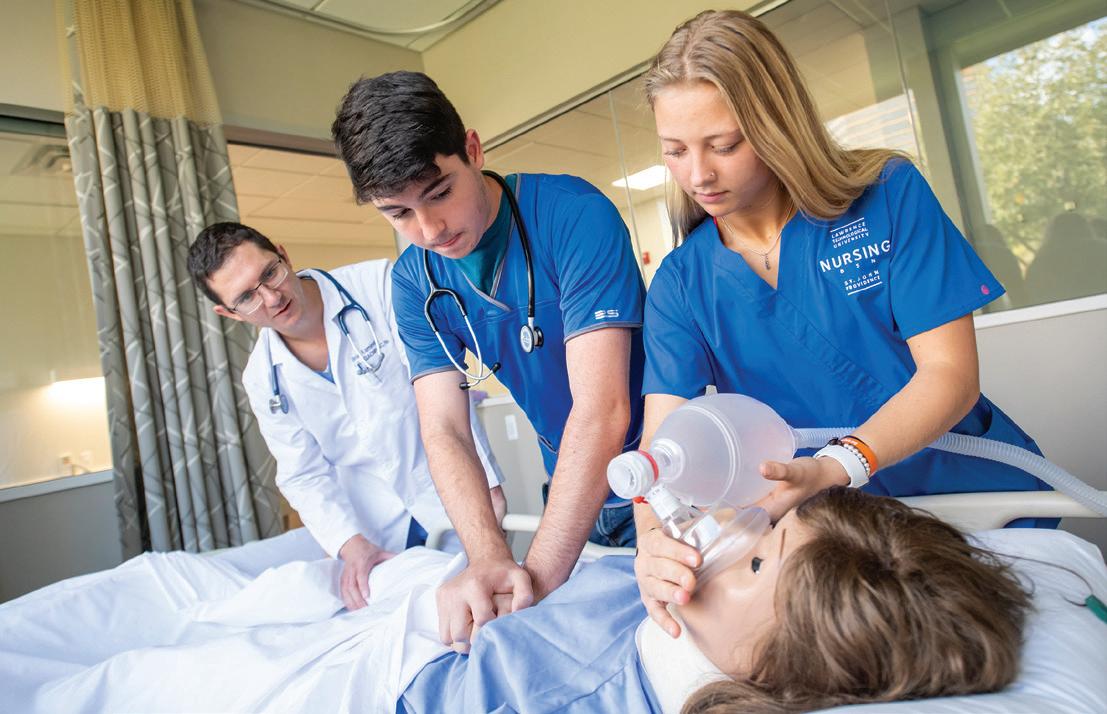
BY KATHRYN PENTIUK kpentiuk@candgnews.com
SOUTHFIELD — On Aug. 5, Lawrence Technological University announced its new Healthcare Violence Reduction Center.
Stacey Frankovich, the director of the center, explained the need.
“Some of the data that was provided was that 57 nurses are attacked every day, so two per hour in the U.S.; 40% of health care workers experienced violence in the last two years, and health care and social service workers have been five times more likely to suffer from workplace violence than workers overall. That number comes from the U.S. Bureau of Labor and Statistics. Then we have from the American College of Emergency Room Physicians, 85% of emergency room physicians say that workplace violence has increased over the last five years. … So those are some of the stats that I kind of inherited.”
Frankovich added she came on as the director in April, and since

“It’s just such a cool, full-circle moment in only a year’s time, to where we were so used to working with the bachelor boys, we knew what to expect with them on any given day, and everything just completely changed a year ago, and it’s continuing to change,” Jesue said.
Tami Brightrall, associate curator of mammals for the Detroit Zoological Society, said that planning a gorilla pregnancy is a tedious and serious process.
Brightrall said there are around 350 gorillas in about 49 zoos in North America, and those gorillas are managed by a committee of people with the Association of Zoos and Aquariums. She said the committee works together to figure out the best pairings for gorillas for a genetically diverse gorilla population in zoos.
“Here at the Detroit Zoo, the recommendation was for Bandia to breed with Mshindi. It worked,” she said. “They like each other, and they have been together for years, not only at this zoo, but at another zoo as well, so it worked well.”
Having a gorilla family within the zoo is a positive and enriching experience for all the gorillas in the enclosure, according to Brightrall, and a big development for Bandia.
“The mother gorilla having a baby and caring for it is a really big part of their life. It’s a goal for them to breed and reproduce, so for them to fulfill that, it makes their whole life fulfilled,” she said. “It also makes Bandia experienced, so if she has another baby, we are going to know that this mother is really good, she pats the baby, she looks after the baby.”
As Brightrall said, Bandia is an excellent mother, which is backed up by Jesue, who said that this could have turned out to be very different. In some cases, the mother gorilla might not want to look after the baby, which would then be handed over to a surrogate mother to take care of it.
“When Bandia was born at the Pittsburgh Zoo, her mom was not a great mom. She didn’t take care of her the way that Bandia is taking care of her baby now, holding her and stuff,” he said. “We were worried that with her background and being in other groups where she did not really see a ton of other successful moms, that it wouldn’t click for her, she wouldn’t know.”
To help prevent this, the mammal team tried to train Bandia as best as possible before she gave birth, and helped to shape her into the mother she is today.
“Because of her background, we wanted
to make sure that there were other options where we could encourage and help train her to know what she needed to do in certain situations,” he said. “So, what we would do for the maternal training is that I would carry a stuffed gorilla and show her how to hold it correctly, where it’s facing her body, so the baby could be the one to figure out if it needed a nurse.”
The team would also desensitize Bandia to the various ways a baby gorilla might touch her, pull her hair, mimicking the movements of a newborn baby.
The tests and training proved to be successful, as Bandia is a very protective and loving mother. She has shown no signs of wanting to disown the baby, and is seemingly content with her new role as a mother.
Brightrall said that the outcome of Bandia’s pregnancy is a testament to the commitment and care that the Detroit Zoological Society team has for its primates.
“They are willing to take risks and chances, appropriate risks and chances, but that is a very big deal that these primate keepers are so good at their jobs,” she said. “They were like, it might be scary, but let’s do it. It might be fast; let’s do it.”
The next phase in this process is for the baby gorilla to be named.
According to a press release, it will be up to the public to figure out what the baby girl will be called, in the form of a vote.
Voting opened Aug. 26, and each vote requires a minimum of a $10 donation. People can choose from one of the following names: Usala, Amateka, Mbere, Lobeke, and Motema.
Each name has a unique story behind it, Usala comes from the conservation corridor in the Democratic Republic of the Congo, and also means “forest” in Kikumu.
Amateka means “history” in Kinyarwanda. Mbere means “first” in Kinyarwanda. The name Lobeke comes from the national park in Cameroon, which is home to the highest density of western lowland gorillas in the world. Finally, Motema means “heart” in Lingala.
The winner will be determined by the name that receives the highest donation amount. All donations will be going to the Saving Animals from Extinction Program. The program helps wild gorilla populations through on-the-ground protection of gorillas, research and monitoring, according to the zoo.
Voting will be open through Sept. 9, and members of the public can vote as many times as they want, with a $10 donation for each vote. The zoo will announce the winning name shortly after the contest concludes. People can find more information on the baby and voting at detroitzoo.org.

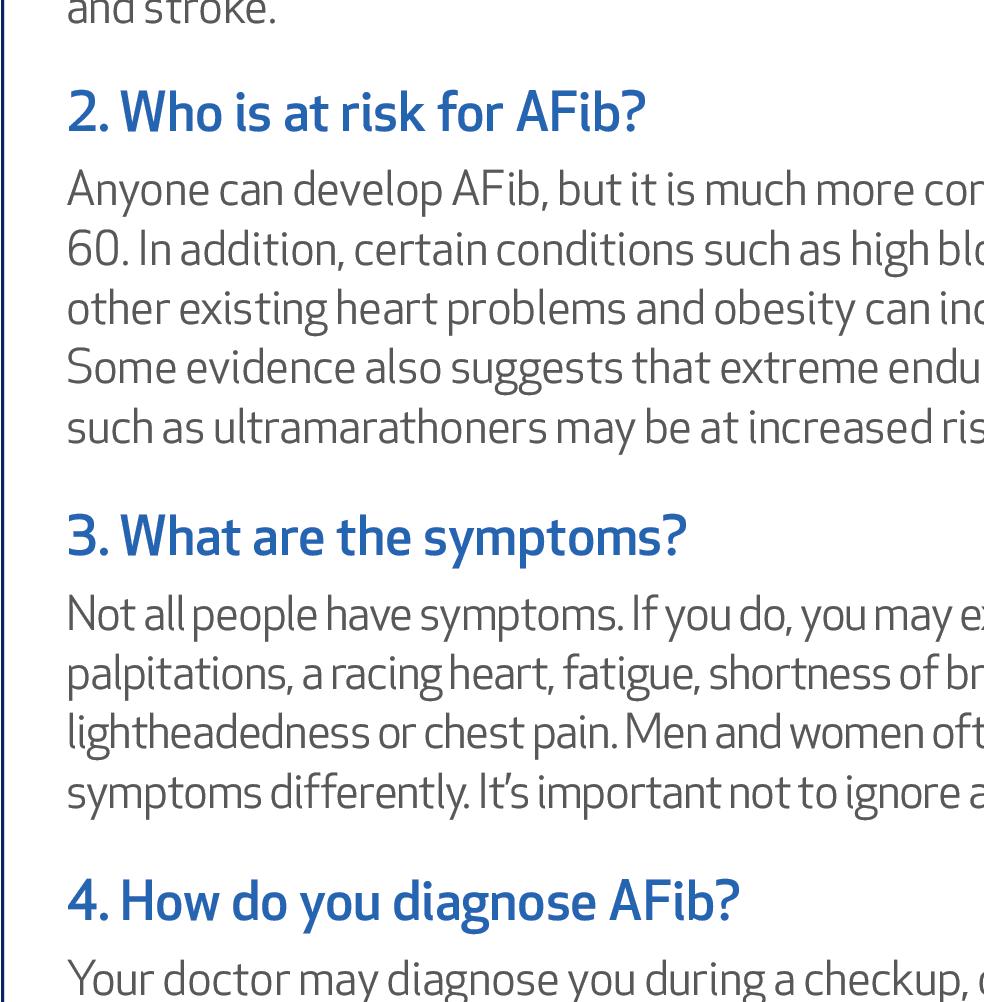
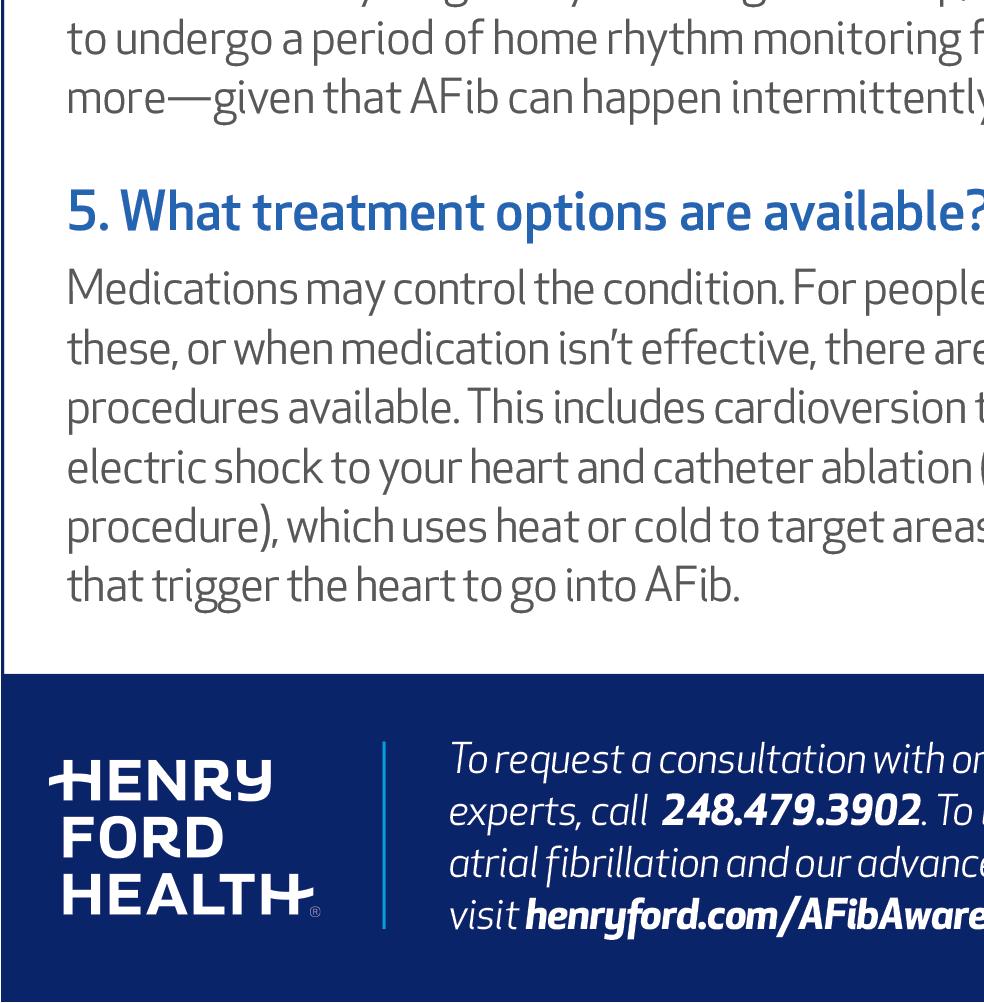

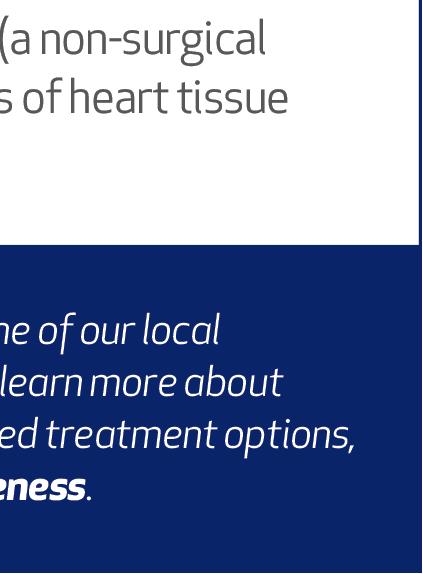
the project. The STEM wing is designed as a U-shaped offshoot of the school’s main hallway with inspiration from many colleges, most notably the Jordan Hall of Science at the University of Notre Dame.
“When they designed the building, they wanted to maintain an easy flow for our kids,” Marmul said “So, when they were looking at how to add a STEM wing, they just did another little loop. … So for the kids’ perspective for navigating where they’re going, it just makes it very easy because everything is in one section. They are not trying to figure out wings or anything like that. If you can do Pac-Man and turn left when you hit a wall, you’ll be OK.”
Biology instructor Jeff Baker said that he is overwhelmed with the vast amount of equipment he now has at his disposal to instruct his students on things such as polymerase chain reaction. The $5,000 PCR machines are used to amplify and study billions of copies of DNA.
“The potential is amazing,” Baker said. “We got all the toys. That’s going to be so cool. I can’t wait to do PCR.”
According to Amy Ely, the school’s director of STEM, Catholic Central is the only private school in southeast Michigan to offer a flight training program, through which students can obtain their pilot’s licenses. The school has multiple flight simulators for students to train on and acquire flight hours necessary for their licenses. The school has a Redbird FMX flight simulator as well that is certified by the Federal Aviation Administration.
Students will get flight time at a flight school of their choice.
“This first year our boys will walk away with their private pilot’s license. They’ll have to be able to finish the paper portion of that, based on their number of flight hours. Our goal is for them to have done their flight exam as well,” said Ely.
The program will expand over the next three years to gradually instruct kids in all three levels of pilot certification; this includes private pilot licensing, instrument rating, and single- and multi-engine or commercial.
“Our goal is that by the end of year three we’ll have a multiyear program where we’re turning out potential commercial pilots,” said Ely.
The school also now has an advanced robotics program and a competition area, which, according to Marmul, the school plans to not only allow its students to use, but students at other schools as well.
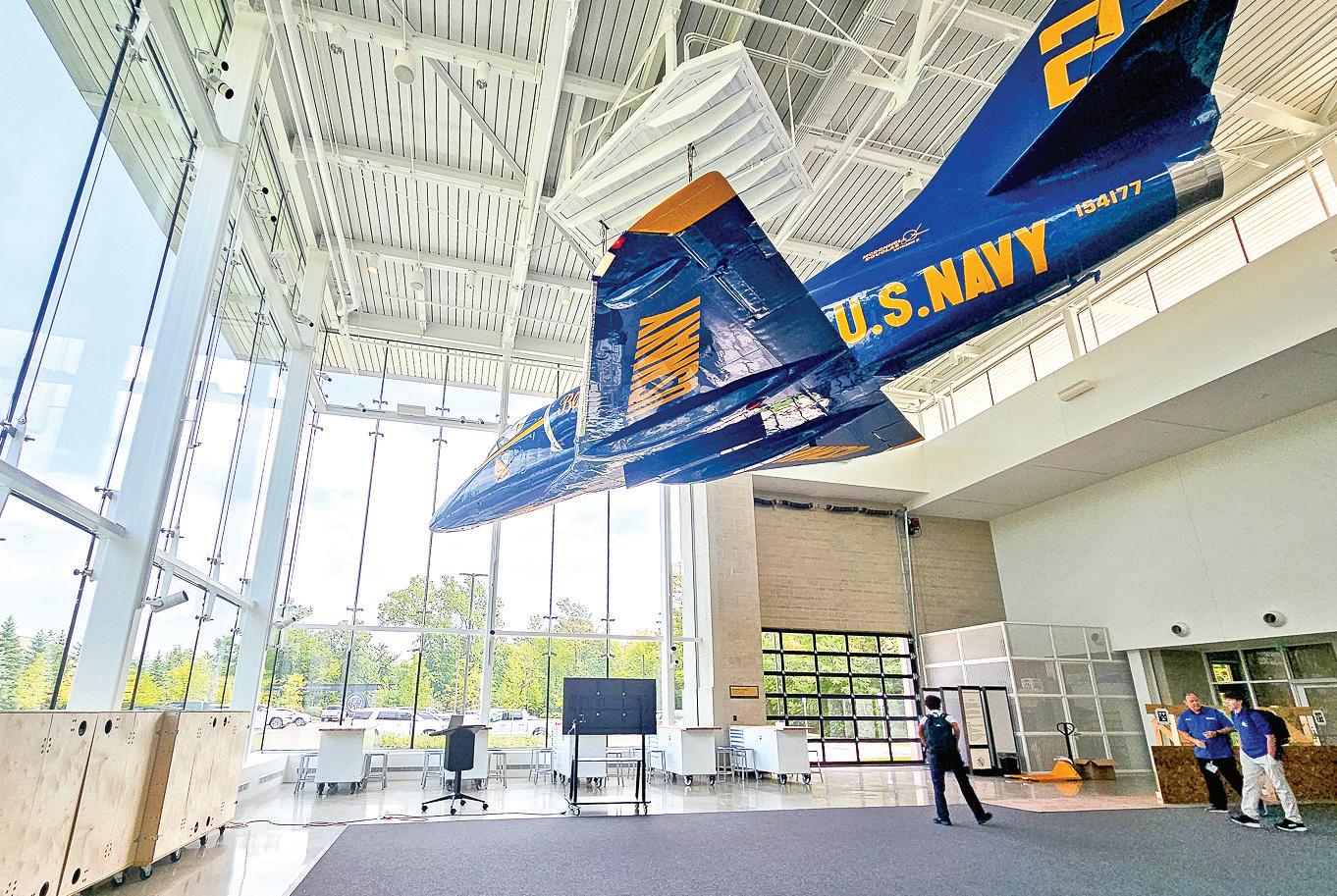
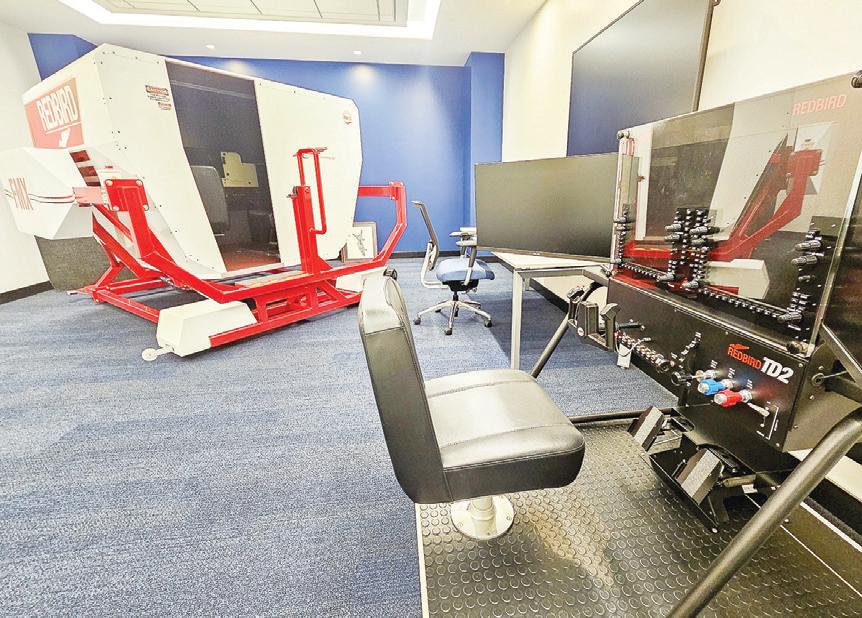
On display in the robotics competition field room is a retired U.S. Navy Blue Angels jet. The plane belonged to Turek, who flew that model of plane in the military and thought the plane was not only fitting for the STEM center, but that it would help to inspire the students. The plane was delivered in pieces and reassembled in the building. It now hangs above the competition floor and can be raised and lowered as needed.
“He’s like, ‘It’s a pinnacle of design, engineering and motivation.’ So our kids are lucky enough to come to a school with a museum piece in it now,” Marmul said.
Through the robotics program, with the new advanced equipment, kids will be able to be certified in manufacturing.
“They can get certified in this, and then for a summer job they can make a lot more money than they can at Burger King, working on these machines, and there’s a lot more positions and it’s a little bit more fun,” said Joe Lemieux, CC robotics coach. “If
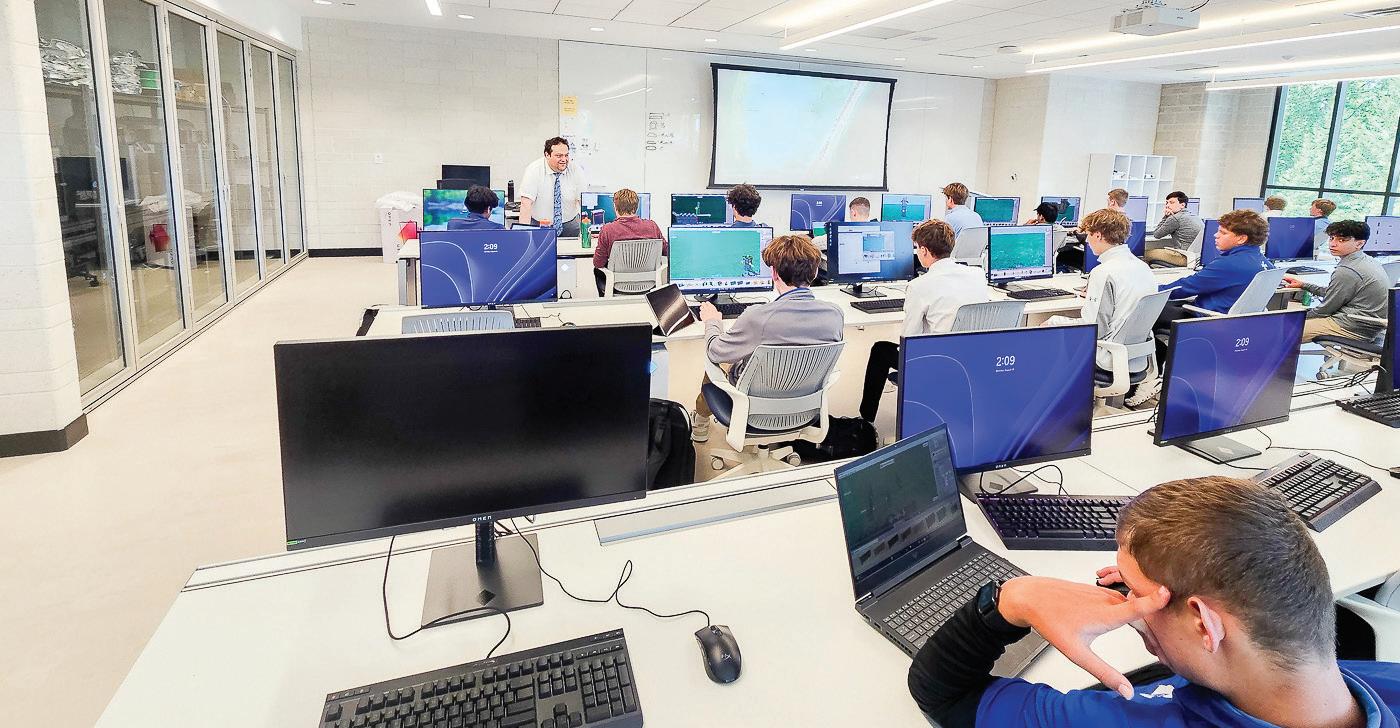
they want to continue and become machinists, they can go and get their certification as a journeyman or something like that, or if they go into chemical engineering or electrical engineering, they know how to build the parts they’re designing and that’s key. A lot of engineers have never actually worked in a shop, and then they design something that doesn’t work.”
The STEM center also has a state-ofthe-art rooftop observatory. The telescopes can be patched into the immersion theater for students to see a live view. Besides the aforementioned Celestron, there are four additional telescopes available including one that allows the students to look at the sun. The observatory has the capability of programming the telescopes so that something going on after hours can be recorded to be seen later. The school also has a partnership with NASA to share data.
“Because the architecture is so precise, it is actually considered its own building
within the building,” said Marmul. Marmul said the school is working on branching out into the community to share the gifts it has received from its donors. Along with allowing kids from other schools to use the competition field, they are looking into having star parties for kids with the observatory and immersion theater. The school has a greenhouse room and has partnered with Gleaners Community Food Bank to grow seedlings for Gleaners to utilize.
“We always try to be good partners, but when we have a facility like this, where we are able to kind of activate in different ways than we have been able to before, I mean there’s only so many ways you can use a gym, but when you have a screen, when you have a robotics area, when you have different tools that are unique and maybe not as readily available, we want to make sure that we are sharing those gifts,” Marmul said. “So that’s exciting.”
drownings happen in natural and open waters such as lakes, rivers, ponds and oceans.
Drownings in Oakland County were caused by various dangers, including boating incidents, assisting someone else who was drowning, or in some cases, individuals drowned because of their limited swimming ability.
In one drowning case that took place on Taylor Lake the morning of July 20, a 20-year-old Detroit man, Marsalis Quintin Carter, lost his life while trying to save two of his coworkers who were struggling to stay above water.
Carter’s mother, Daileen Carter, was presented with a citizen citation honoring the heroism of her son, who was able to save his two coworkers from drowning.
Going in to save multiple people from drowning is something that takes a lot of strength, especially if the individual involved does not have lifesaving training, according to Long.
Witnesses validated that Carter was probably exhausted while trying to save the two individuals and went underwater and never came back up, according to a press release.
Long said that, more often than not, the person trying to save an individual from drowning will end up drowning.
“Emotions play into that very strongly; the thing to do is, unless you’re trained in lifesaving, throw something to them that they can use as a flotation device. We have a lot of people, unfortunately, that have drowned trying to save someone else and

do the right thing,” Long said. “So, getting someone and yelling to the people around you to call for help and then throwing something out is the best thing to do.”
The first step to preventing a potential drowning incident is to take swim lessons. According to the CDC, over 40 million adults in the U.S. do not know how to swim, and nearly half, 54.7%, have never taken a swim lesson.
“It is important that you start out with basic swimming, because swim lessons, no matter what, are going to be important,” Long said. “Swimming lessons in general can save a life and can reduce the risk of drowning by 88%.”
Swimming lessons are not only for kids, and often swim lesson facilities or recreational centers offer children and adult swim classes. Some swim lesson organizations offering adult lessons in Oakland County include Royal Swim School, the YMCA, SafeSplash and more.
“No one should have to lose a loved one to drowning. Improving access to effective prevention strategies, like basic swimming and water safety skills training, can reduce drowning risk,” Tessa Clemens, a health scientist in the CDC’s Division of Injury Prevention, said in a press release.
To find the best option for swim lessons, it is recommended to look online. There are a wide variety of options available across Oakland County.
Oakland County offers educational programs dedicated to lake safety throughout the year. Boating safety courses are offered by the Oakland County Sheriff’s Office at no charge. More information on these courses can be found at oakgov.com.
Long also said that it is important for
people to be aware of the environment they are going to be swimming in, especially when that environment is a lake.
“In pools you have your fences, your locked doors, but also in open water you need to understand what you’re swimming in, looking at the weather, or you should be in a U.S. Coast Guard life vest if you are not a proficient swimmer,” she said.
Wearing a life vest is a major key to provide a sense of safety and reassurance.
Lakes have unseen dangers that can cause drownings. Water currents can sweep swimmers away and tire them out, water depth can suddenly change, and underwater hazards can trap swimmers, keeping them from swimming back to shore or up from the bottom, according to the National Park Service at nps.gov.
Wearing a life vest is a reliable way to prevent these hazards from turning a fun day into a tragic one. The main purpose of a life vest is to prevent drowning, keep a swimmer afloat if they get tired and give the person time while awaiting rescue.
According to the National Park Service, there are three basic kinds of life jackets that can be chosen based on activity or swim level.
Inherently buoyant life jackets are made of primarily foam and are low maintenance, making them both comfortable and reliable. They are designed for both swimmers and nonswimmers. They come in adult, youth, child and infant sizes.
Inflatable jackets are lightweight and comfortable, and they are only available in adult sizes. According to NPS, these should not be worn by weak swimmers or nonswimmers.
Hybrid life jackets are reliable and avail-
able in adult, youth, child and infant sizes. They are recommended for both swimmers and nonswimmers, and some are designed specifically for different water sports.
When choosing a life jacket, it is important to remember that the vest must be U.S. Coast Guard-approved. This can be found on the label of the life jacket. It is also recommended to choose a brightly colored life jacket that can be easily spotted.
To be sure that the life jacket fits, the individual should test if it fits comfortably, and snugly, by fastening and securing the straps and raising their arms. If the vest slides up, it is too big. This can also be tested by someone else pulling the jacket up at the shoulders, and it should not go above the ears.
“It is kind of like having a seat belt; you have to be wearing it for it to work,” Long said. “Even if you don’t think you’re going in the water, you have got to have that life vest on.”
In a press release regarding one of the drowning incidents, Oakland County Sheriff Michael Bouchard emphasized the importance of safety precautions.
“A source of great fun and joy can become a location of tragedy as we have seen far too often in our lakes this summer,” he said. “I encourage people to have emergency capabilities nearby including floatation devices and watch each other while in the water. If you are not a strong swimmer, it’s a good idea to wear a floatation device.”
For more educational resources on water safety, and programs to learn CPR and first aid, visit oakgov.com, the Great Lakes Surf and Rescue Project at glsrp.org, the American Red Cross at redcross.org, or the CDC at cdc.gov.













Once I get the right diagnosis for the cause of your heel pain, I will provide you with a tailored treatment plan, which outlines exactly how we can fix your heel pain and keep you free from future foot pain. If you are ready, call me for an appointment to start your journey back to normal life, free from heel pain.

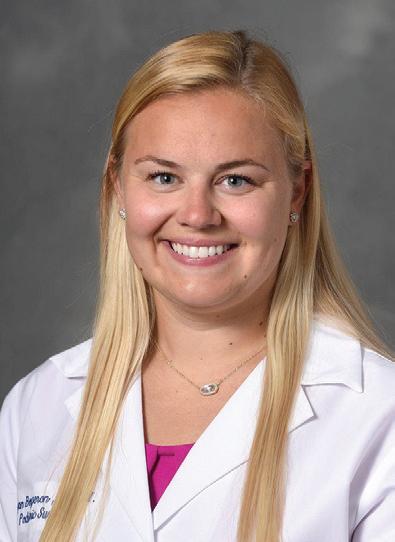




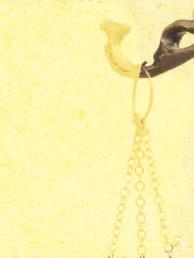




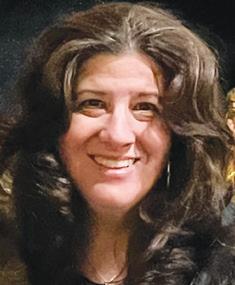
BY MARIA ALLARD allard@candgnews.com
METRO DETROIT — It was my first road trip, but I was a baby and don’t remember it.
At 6:15 a.m. on July 26, 1970, my family left our Warren home for a camping trip. The odometer read 40,313 miles and my parents had $497 in cash, plus a credit card. Destination: the California coast.
Do
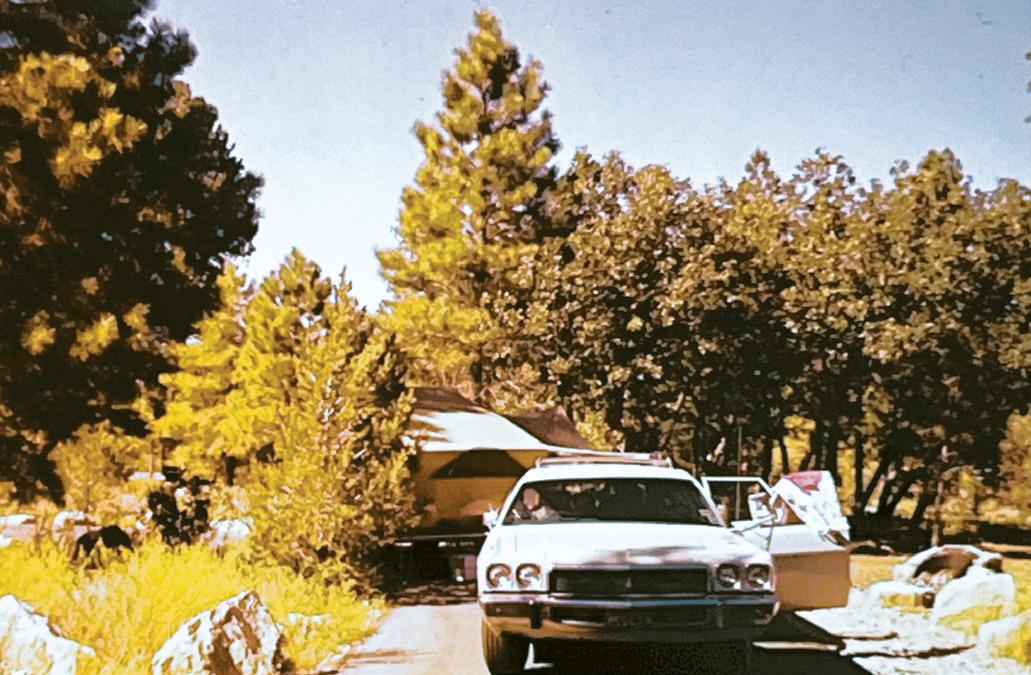
be


Every summer my parents, two older brothers and I camped. We’d load up, pile into our Plymouth station wagon and head for the open road with an atlas and state maps guiding us. This was before GPS. Altogether, we camped in 48 states — never made it to Alaska or Hawaii — and parts of Canada.
My dad would have lived in a campground all year if he could. Me, ugh, I hated camping. It was torture: the bugs, no room for my bike, and I missed my friends back home. But the
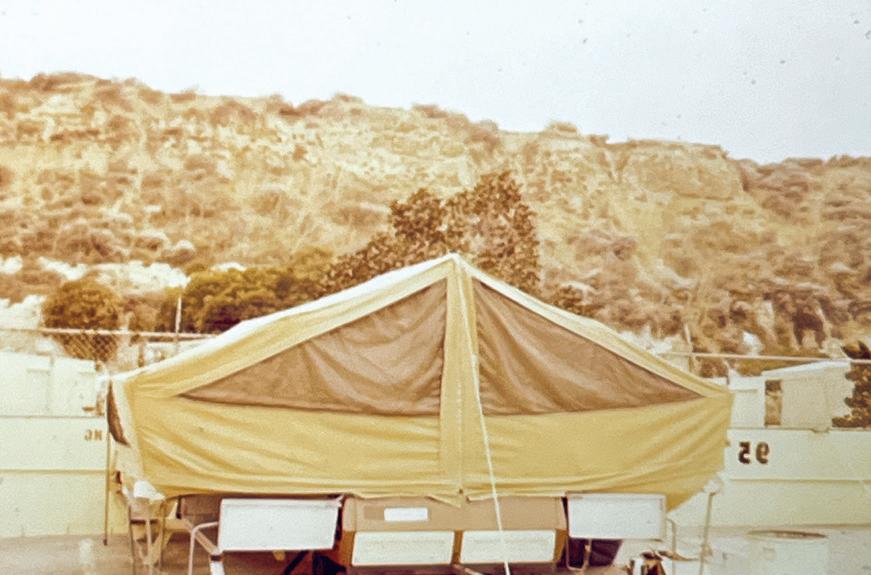


TOP: One of our stops on our way to California.
ABOVE LEFT: The 1972 Apache pop-up trailer was how we saw the country many times.
ABOVE RIGHT: I believe this is Newport Beach, California. I loved the beach and still do.
LEFT: My family spent a day in Tijuana, Mexico. We drove from our camping site in southern California. Photos provided by Maria Allard







worst part was no TV. That would be equivalent to being without an iPad or cellphone in today’s world.
Each vacation was planned out. We’d go out West, down South or just eastbound and down. We’d drive everywhere: big cities, the country, back roads, major highways. To pass the time, I read Mad Magazine and stayed on the lookout for Volkswagen Beetles.
I might have liked camping if we traveled in a cozy motorhome or shiny Airstream trailer. The first family trailer was basically a box on wheels. By the mid-1970s, my parents purchased a 1972 Apache popup trailer. It wasn’t one of those easy ones you crank and all the work is done. This trailer required all five of us to put it up and take it down. We’d all hold different poles and pieces of canvas until it was up. It always took forever.
My least favorite campgrounds were the primitive ones. But there were plenty of campgrounds we stayed at that had it all: a pool, game room, movie night, snack bar,
laundromat, and gift shop. The KOA’s were always nice. Sometimes we’d end up at a state park.
With each camping trip — from the mid-1960s through the late 1980s — my parents kept a journal, which I still have. They jotted down the date, mileage, which city and state we were in, the weather, what time we awoke, and people we met. My parents also wrote brief paragraphs about the places we visited. For instance, during our 1974 trip to Yellowstone National Park and the Grand Canyon, we ran into boxing legend Joe Louis at Caesar’s Palace in Las Vegas.
“He said ‘I want to shake hands with these little ones,’” Mom wrote. “When we told him we were from Detroit, he said, ‘Say hello to Detroit for me.’ He looks good.”
Even though camping wasn’t my thing, I loved traveling. The trips that really came alive for me were California in ’77 and ’79, Virginia Beach in ’78, and our 1980 journey through Toronto, Montreal, upstate New York, New York City and Atlantic City.
On off-road days we’d go somewhere: a museum, a tour, a hall of fame, a historic site, a landmark, a cathedral or a ballpark.
My parents made sure to have one amusement park on the itinerary.
Another great thing was meeting kids from all over. We’d visit each other’s campsites, swim or play pool in the game room. If I had to pick a favorite spot or two, it would be the eastern and western shorelines. There was nothing like being on a Pacific Ocean or Atlantic Ocean beach. I still long for swimming with the waves while smelling saltwater in the air.
The Virginia Beach, Virginia, campground stands out. It was huge with so much activity. Every morning a man drove through yelling “Doughnuts, fresh doughnuts!” from a truck, and every time I went into the game room, Welsh singer Bonnie Tyler would belt out “It’s a Heartache” on the jukebox.
When we experienced car trouble in a small West Virginia town, the only mechanic was out for the day. Stuck, we set up camp somewhere. As dusk fell, the mechanic found out about us and invited my brothers and me back to his house to stay overnight with his wife and kids. His large family reminded me of “The Waltons.” They were so kind. We sat around the kitchen table, had snacks and talked. It was the first time I ever
had Country Time lemonade.
I always remember where I was Aug. 16, 1977, when news broke that Elvis Presley died at his Graceland mansion in Memphis. We were getting ready to go to the San Diego Zoo while Dad sat at the picnic table listening to his handheld Panasonic radio.
“Elvis died,” he said, looking up at us.
On our way home, we stopped in Memphis. Fans mourning the singer’s death gathered on Elvis Presley Boulevard. Dad picked me up so I could see Graceland. This was before it was open to the public. The house looked big and so far away in the distance.
My parents are no longer living. I am so glad they took us on all those trips. We saw so much: the Liberty Bell, Mount Rushmore, Colorado’s Rocky Mountains, Redwood National Parks, Dealey Plaza in Dallas where President John F. Kennedy was assassinated, the prairie dogs in Montana, Fisherman’s Wharf, Dollywood, Bob Evans’ original farm in Ohio and more.
A neighbor with two kids bought the trailer at my parents’ estate sale. I hope they got out of it as much as I did. I would not trade the experience for anything. I wish I could do it all over again.




























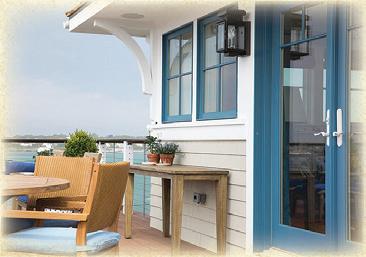




then, the research that she’s seen only emphasizes the need for this type of center.
“Coming in and doing some of my own research, there was a U of M study that was released in 2023 where they surveyed a little over 9,100 Michigan licensed nurses, and 84% of them said that they are emotionally exhausted. Then 43% of them reported emotional abuse, 22% report physical abuse, 10% report sexual abuse and 26% reported workplace bullying, but however, the survey shows, and this number has been repeated in other publications, that only 20%-60% of nurses are actually reporting, and we actually hear this right from the hospitals, from the administration, that reporting is a huge, huge problem. And there’s a lot of reasons behind why that’s a problem. There’s a lot of barriers to that.”
Frankovich said that one of the biggest barriers is the commonly held belief among nurses that this kind of conduct between patients and health care providers is just part of the job.
She said, “We hear this over and over and over again, that nurses just think it’s part of the job. That is just so sad that this is just routine. It’s part of the job. Getting hit, verbally assaulted, threatened, scratched, kicked, but these things are, ‘It just goes with being a nurse.’ And that is sad, startling and disturbing. That just shouldn’t be part of anybody’s job, ever. So that’s a big part of it, but there is a lack of awareness of the reporting systems. There’s also this idea that, ‘yeah, I can report it, but nothing will be done about it.’ So there’s kind of a sense of apathy around that, I guess, of nothing will change.”
She said the Healthcare Violence Reduction Center will serve health care providers with innovative, research-based solutions aimed at reducing workplace violence and ensuring the safety and wellbeing of staff and patients alike. The center will be housed within LTU’s College of Health Sciences, but it will offer the flexibility to meet just about anywhere in the state. She added that the center will have three pillars: research projects, recommendations and general services. The center’s membership will be heavily based on research and will propose study topics to be conducted by LTU faculty, who specialize in modeling, simulation, health education, biotechnology, health care management, robotics, cybersecurity and cognitive psychology.
Eric Meyer, an associate professor of biomedical engineering and the director of
LTU’s biometrics lab, and Brittany Murphy, an assistant professor in LTU’s Master of Science in physician assistant studies program, will help lead the LTU faculty at the center.
“The healthcare field has seen a drastic increase in violence,” Murphy stated in a press release. “As a physician assistant with 11 years of experience, I have unfortunately witnessed healthcare violence firsthand in the workplace. I am grateful for the opportunity to create a safer work environment and support my colleagues in healthcare. The center will collaborate with healthcare organizations to identify the most critical areas of safety weakness for healthcare providers. It will conduct research and develop innovative technologies to create safer work environments for healthcare providers.”
The center received $70,000 from the Community Foundation of Southeast Michigan, a nonprofit dedicated to “supporting and enhancing the quality of life in Southeast Michigan.” It also received $125,000 from the Michigan Health and Hospital Association Keystone Center, a nonprofit founded in 2003 to provide hospitals with educational opportunities with evidencebased practices to improve patient safety and quality, and to reduce health care costs and harm.
Sarah Scranton, the executive director of the MHA Keystone Center, said, “This is a true partnership, and we’re very excited about it because protecting our health care workers is a top priority for hospitals, for the Michigan Health and Hospital Association, and for the MHA Keystone Center. So, our plan is to collect the data that we get from hospitals. The MHA Keystone Center has collected data for a number of years, and really, it serves as our North Star and our efforts to help improve patient safety and quality. So this partnership is a really great fit for us because we can bring the issues that are facing our hospitals, we can collaborate on the data front, and find real solutions that will help in this area.”
For more information on LTU’s Healthcare Violence Reduction Center, visit www.ltu.edu/health-sciences/hvrc.
To learn more about the MHA Keystone Center, visit www.mha.org and select the tab that says ‘MHA Keystone Center.’
To learn more about the Community Foundation of Southeast Michigan, visit www.cfsem.org.




















































































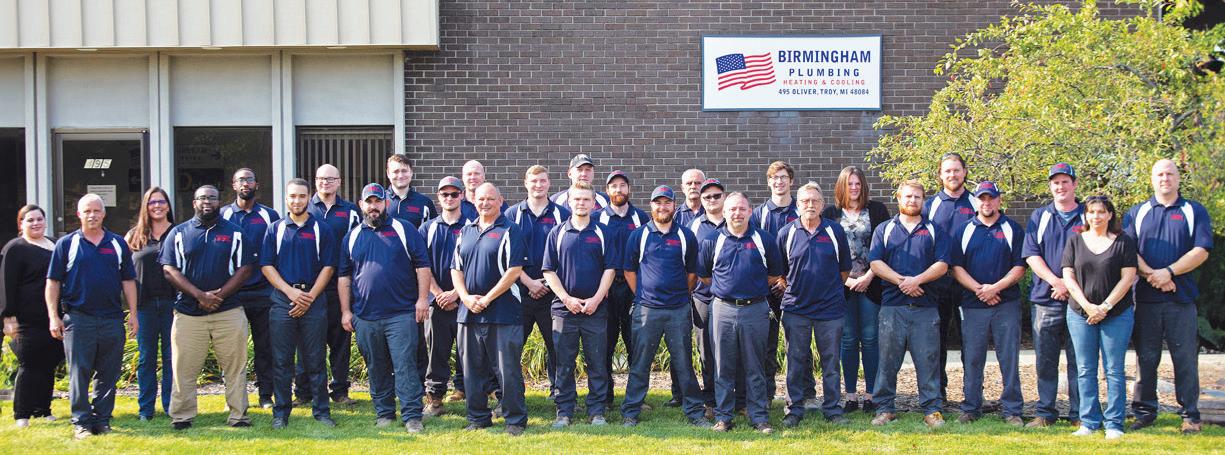















































• Churros
• Gelato

















Visit Us at La Niña, Where Every Bite is a Taste of Mexican Tradition and Memories!









• Frozen Yogurt
• Specialty Coffees & Teas

CHURRO CART Reserve Our Churro Cart For Your Next Fiesta!












Indulge in our freshly made, gourmet, and traditional churros, crafted with love and served






9"long with cinnamon No purchase necessary With This Ad. Expires 9-30-24 TT














HOURS: Monday: 4pm to 10 pm Tuesday to Thursday: 11 am to 10 pm Friday & Saturday: 11 am to 11 pm








Sunday: 11am to 10 pm 15% OFF Any Catering $150 or More Exp. 9-30-24 TT Buy 1 Dozen, Get 1/2 OFF 1 Dozen Traditional Churros Exp. 9-30-24 TT

































































